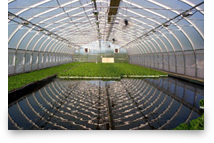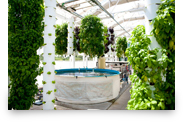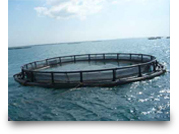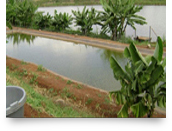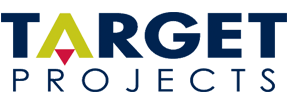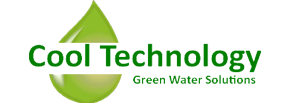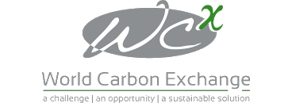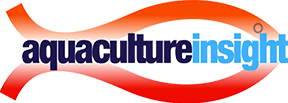-
STAGE 1: HATCHERY & BREEDING CENTRE
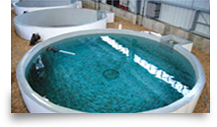
Where the fish eggs are cultivated leading to the growth of fingerlings. Once the fingerlings are large enough, they move into the fish farm where they are grown out and then later harvested.
The hatchery itself can be a stand-alone project, generating its own returns. A typical hatchery could breed enough fingerlings to supply many fish farms and frequently the state would have their own state hatchery supplying fingerlings throughout a region. Fingerlings from the hatchery could also be used to populate Lake Malawi for example.
-
STAGE 2: GROW OUT FACILITY
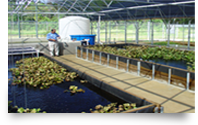
This would either be attached to the hatchery or could be in a separate location – this facility is where the fingerlings are grown out. A grow out facility consists of numerous large tanks and as the fingerlings grow in size, they are moved from one tank to another.
In a typical scenario, a hatchery would supply numerous grow out facilities. Each grow out facility, on its own can also be a stand-alone project



